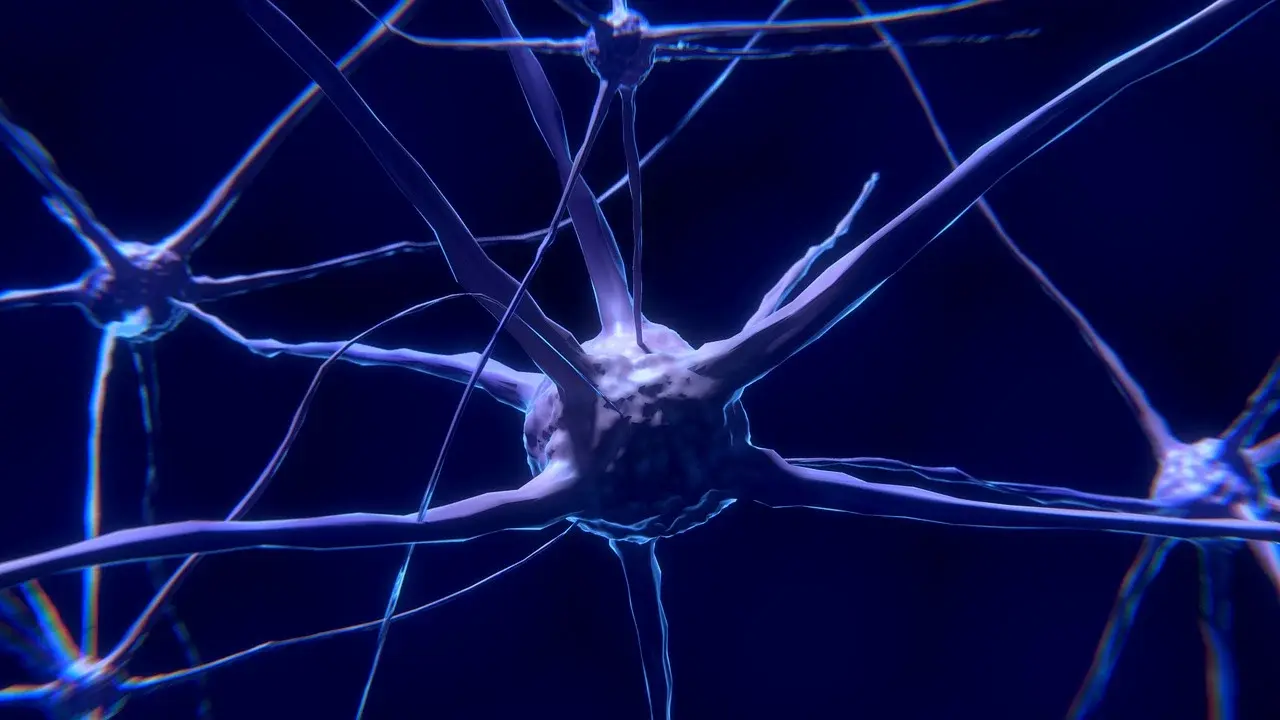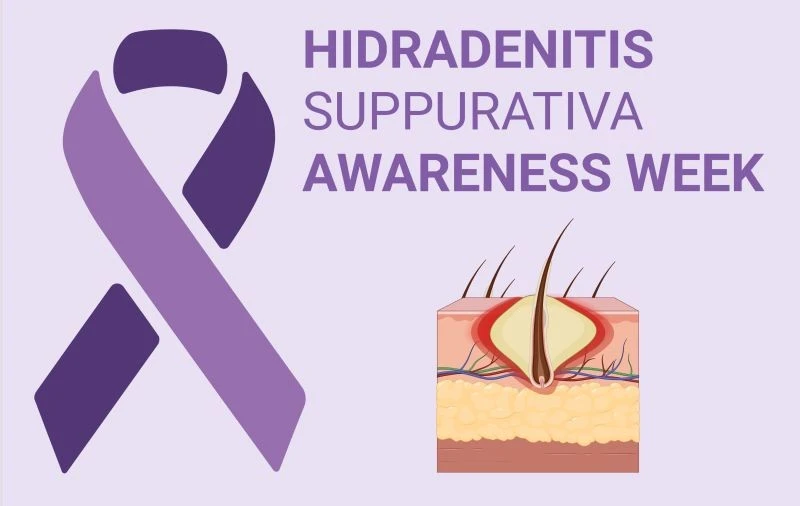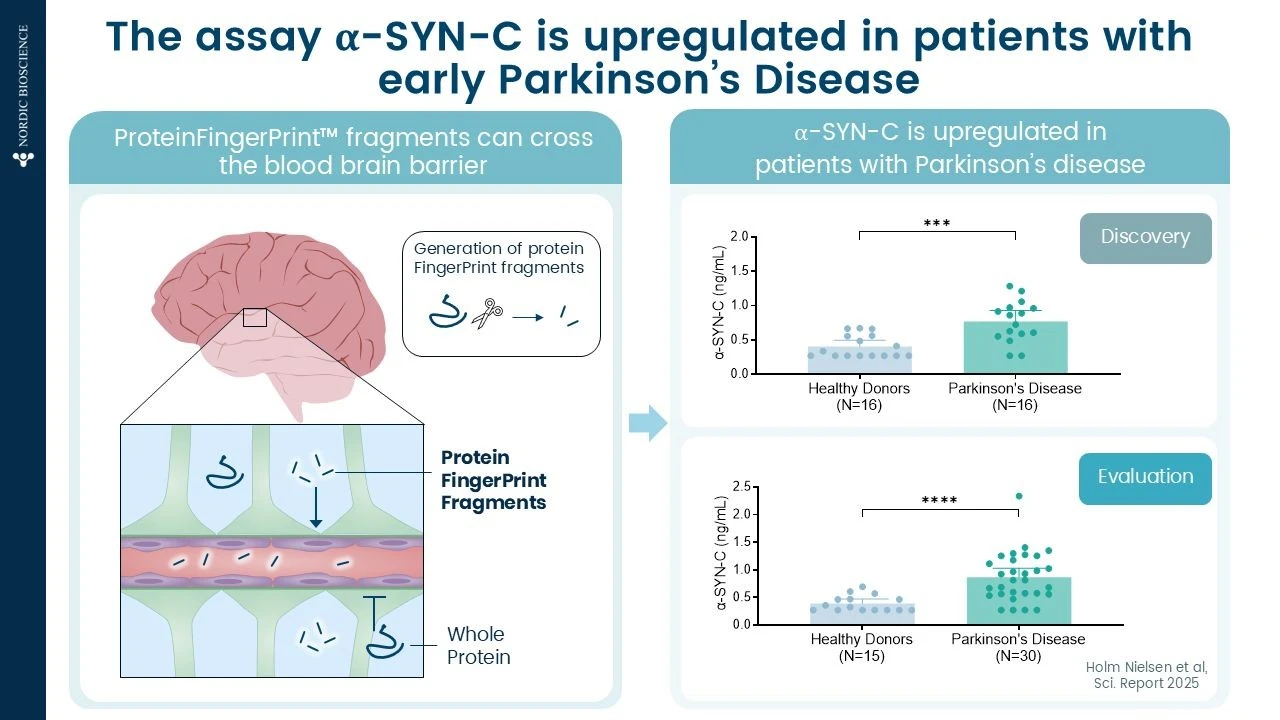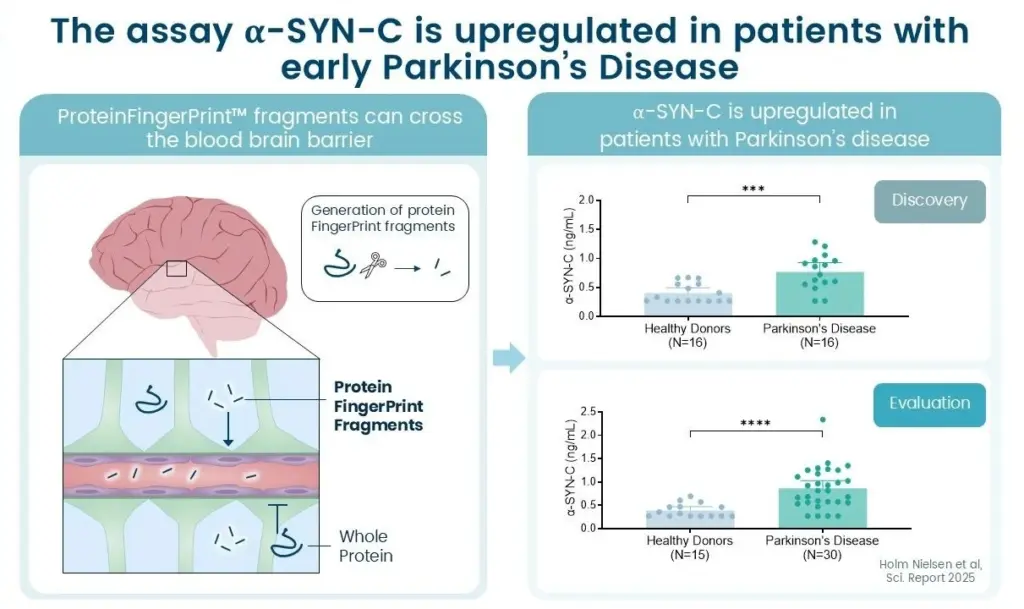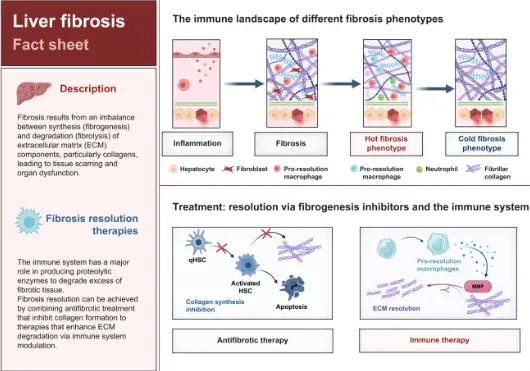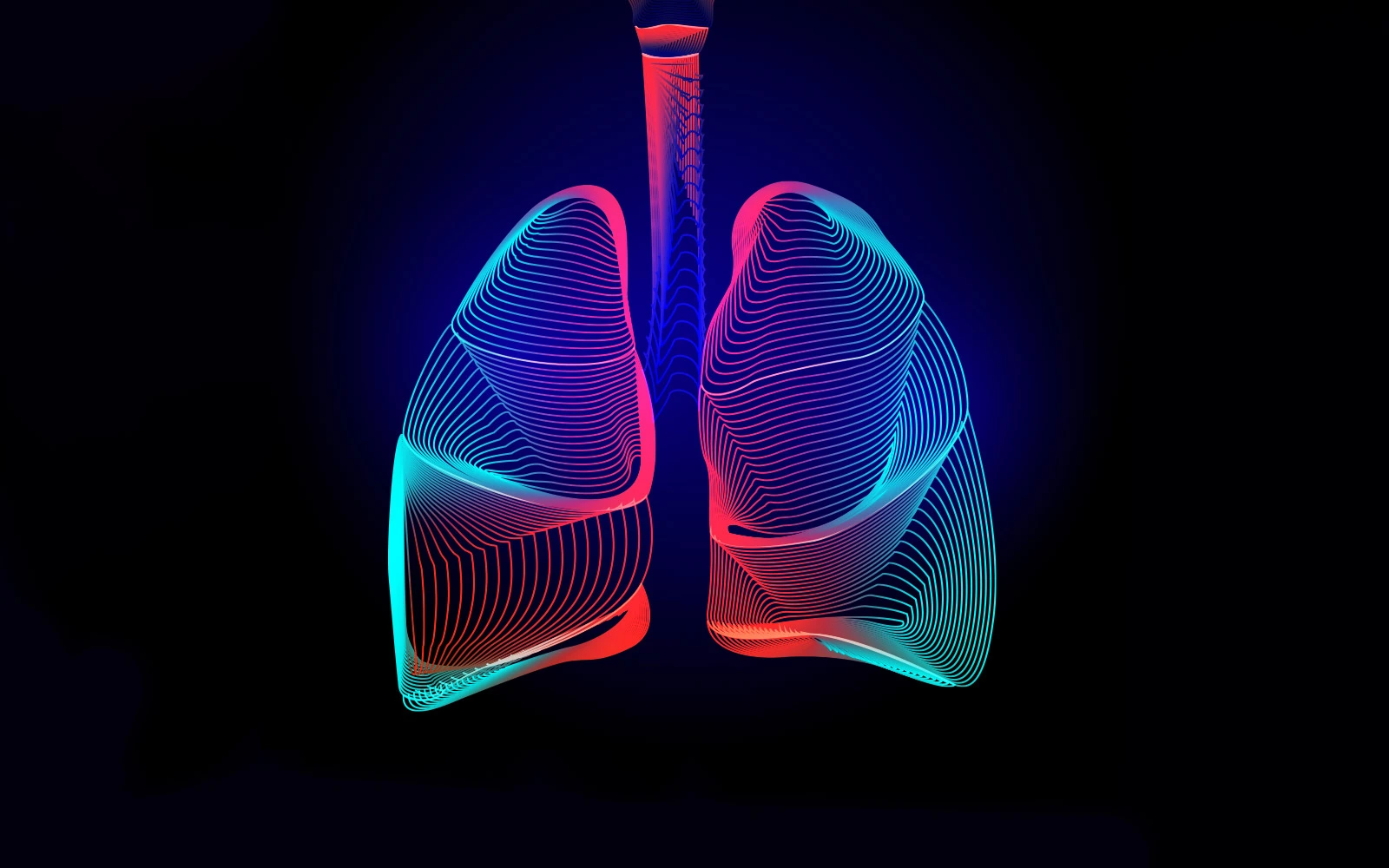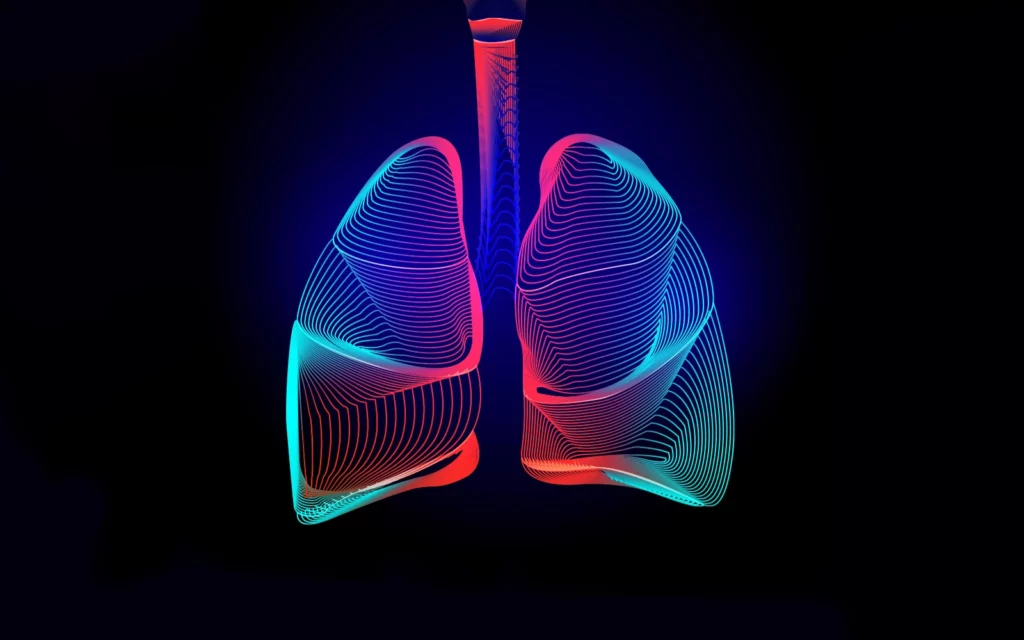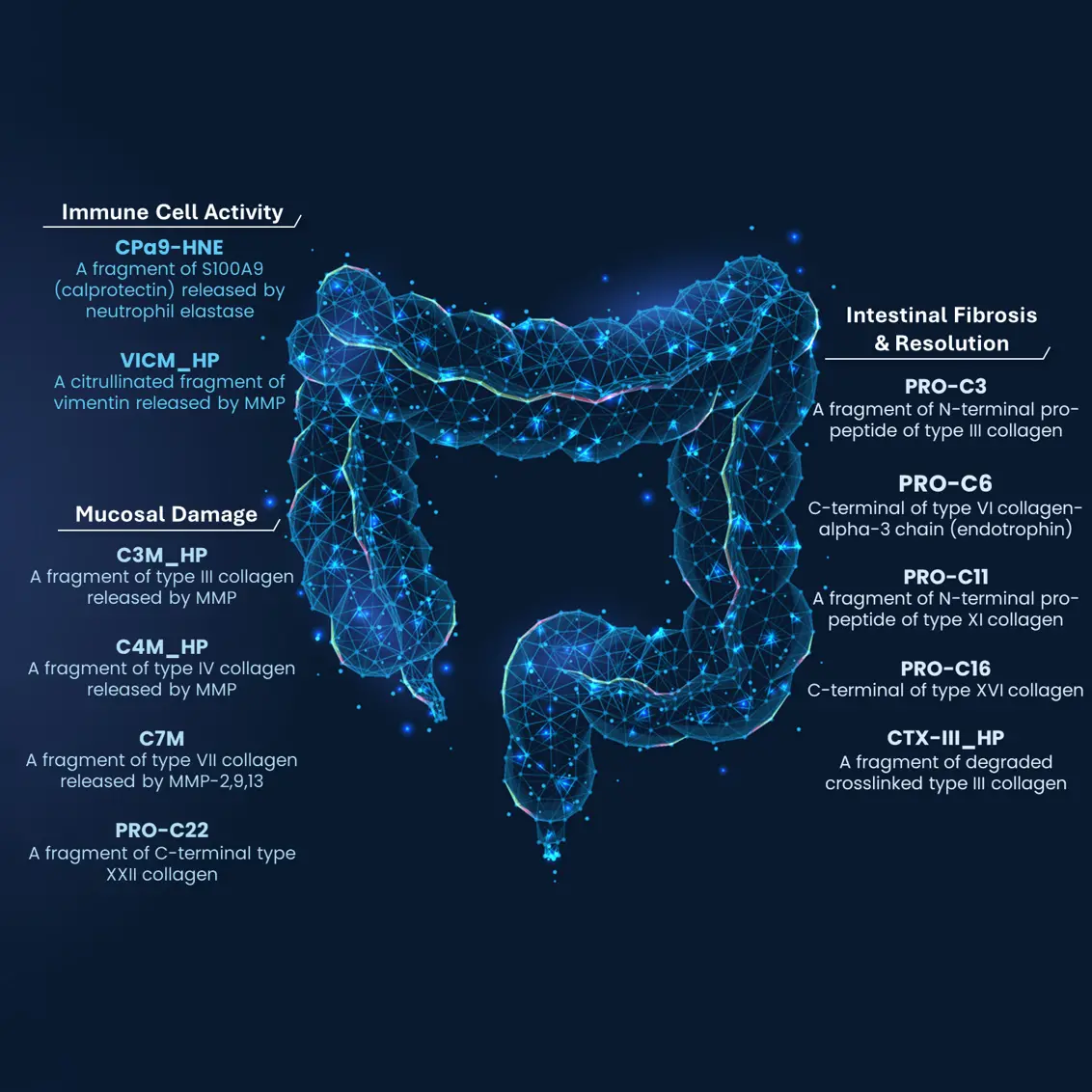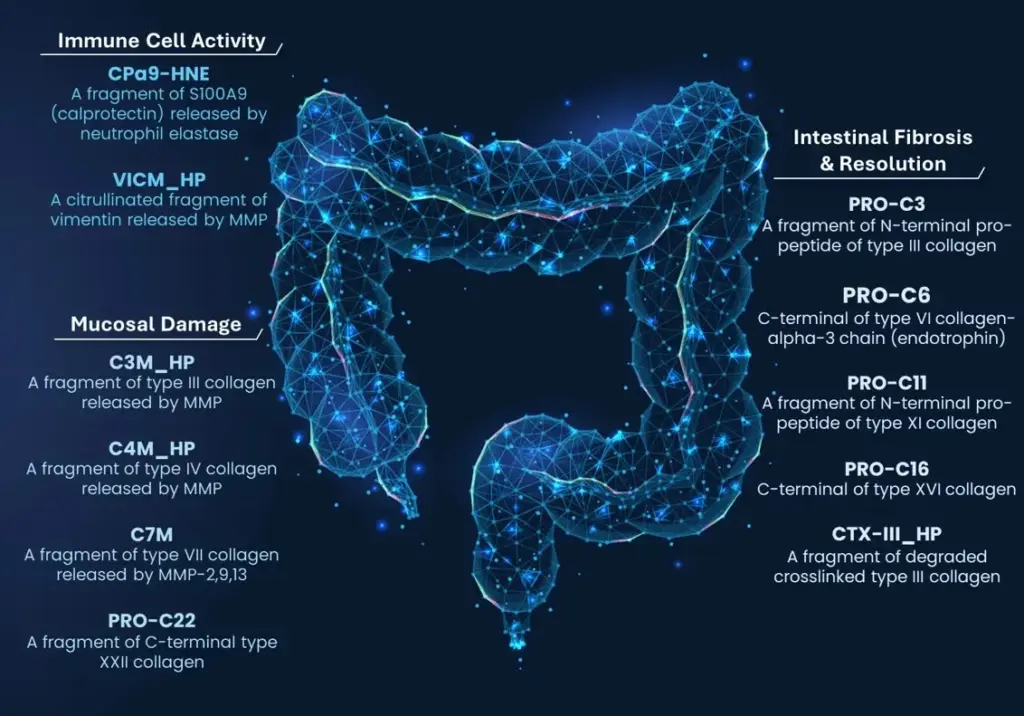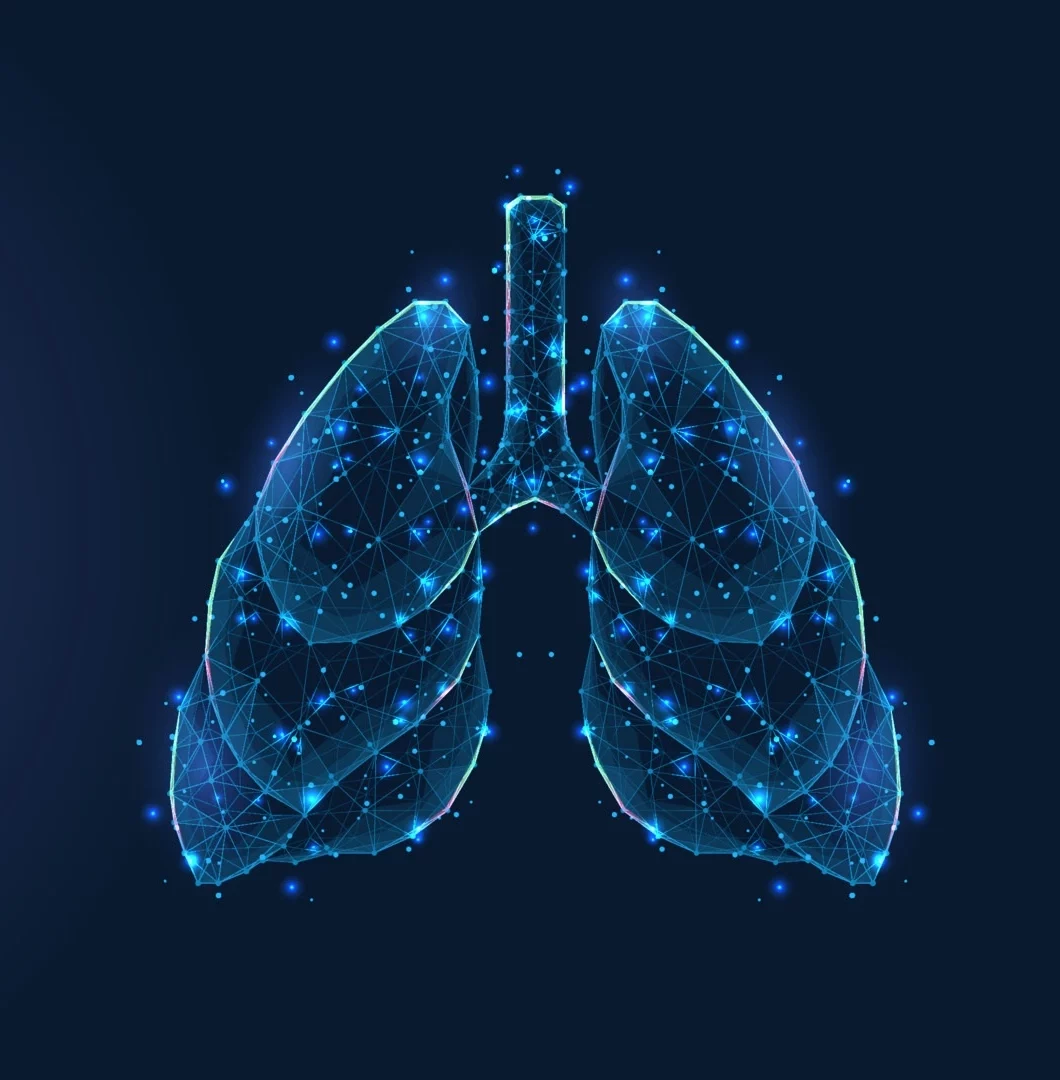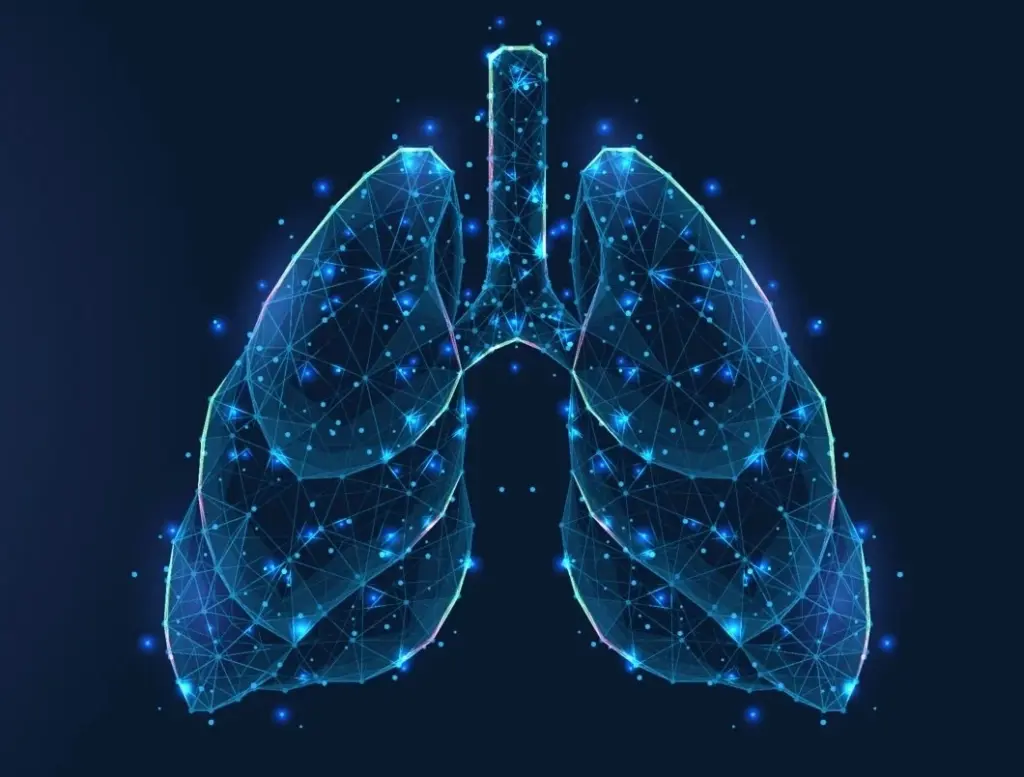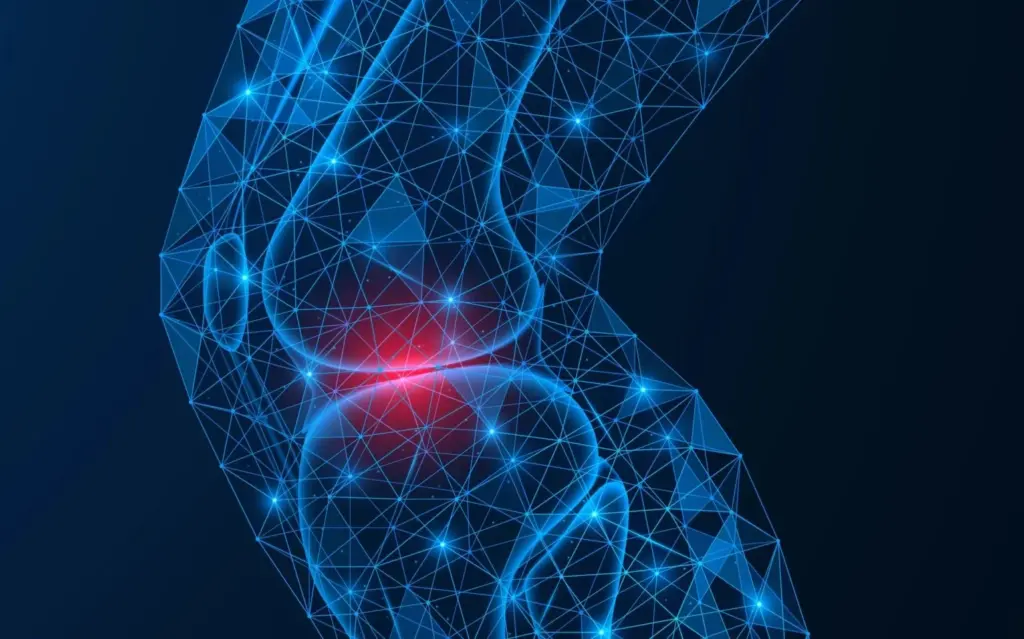Multiple sclerosis (MS) is characterized as an inflammatory neurodegenerative disease in the central nervous system (CNS), presenting with significant inter- and intra individual heterogeneity. The pathological hallmarks of active MS lesions are blood brain barrier (BBB) disruption, inflammation, and demyelination with axonal damage. Blood-based biomarkers reflecting tissue changes in immunology and/or neurobiology may reflect MS pathology and be easily accessible.

In our latest publication in “Multiple Sclerosis and Related Disorders”, we introduce nordicCANTM, a technically robust assay, which targets a fragment of the α2 chain of type IV collagen to detect canstatin (CAN) in human serum. This was evaluated as a biomarker for MS together with other type IV collagen biomarkers, and the results showed TUM to be an excellent diagnostic biomarker in MS, while CAN and PROC4 were both acceptable diagnostic biomarkers.
To our knowledge, this is the first study to quantify fragments of type IV collagen in serum from patients with MS, and such biomarkers may be used to assess patients’ eligibility for targeted treatments and fill a part of the gap for biomarkers in clinical management and trials.
Article: Investigation of type IV collagen biomarkers in multiple sclerosis
